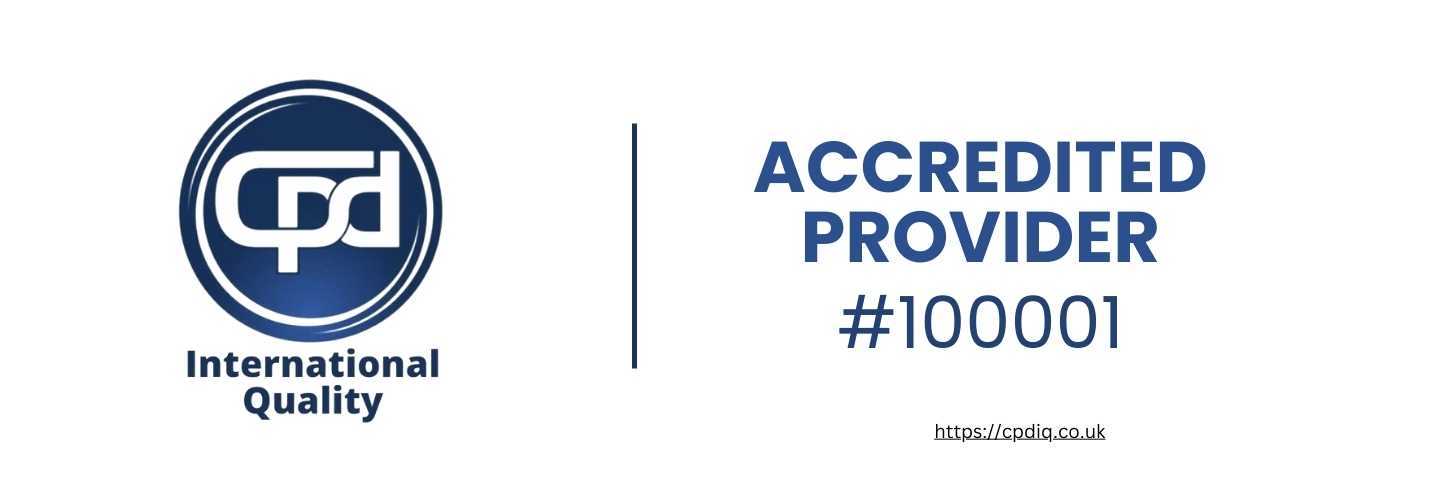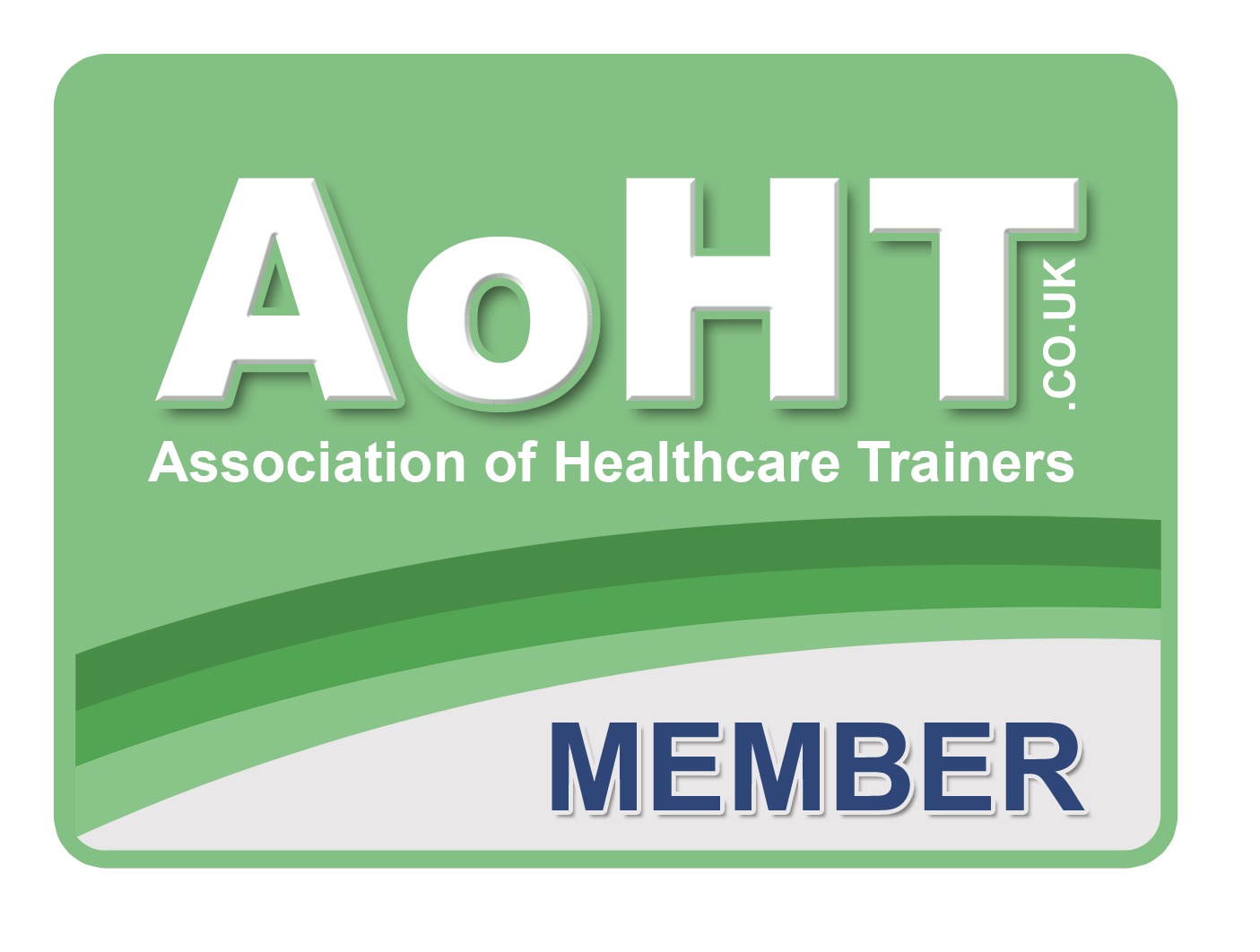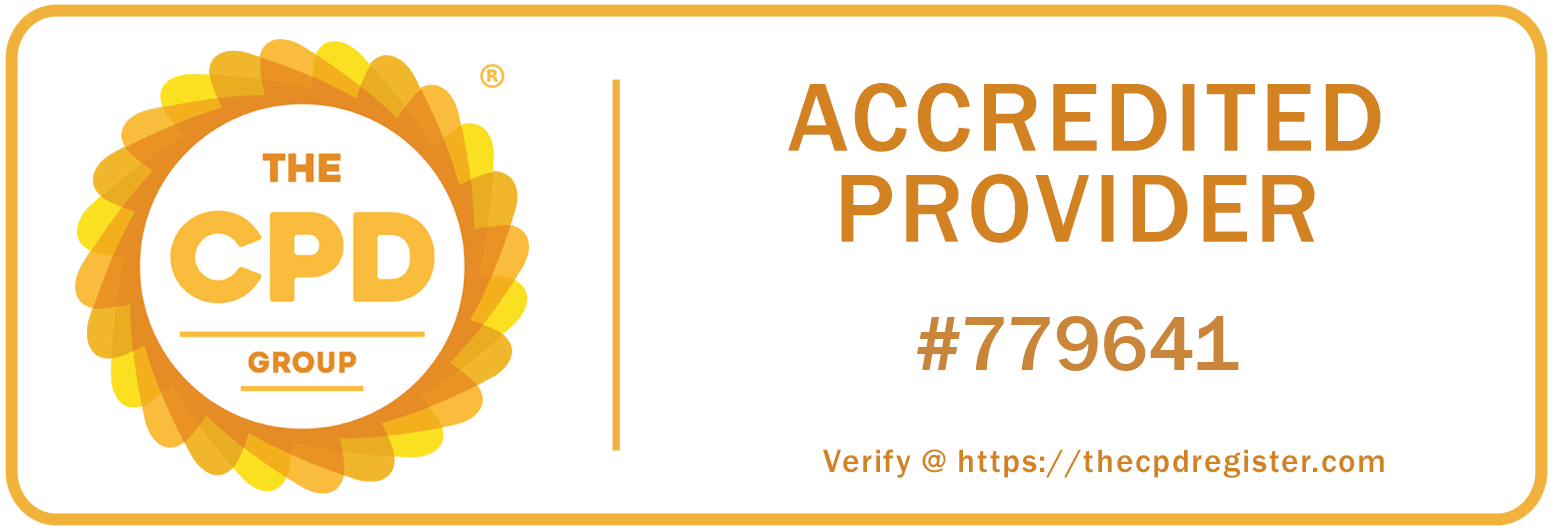
What is development in health and social care? Within the field of health and social care, the term development means much more than just growth. It focuses on positive change and progress — not only the changes in the lives of individuals but also the changes within the systems that care for them. When we consider what is the meaning of development in health and social care, it is about helping people achieve improvements that support their overall well-being and independence.
Development means helping individuals improve their lives, gain independence, and attain good health across physical, emotional, social, and intellectual aspects. Every individual needs the right support to develop and thrive in their everyday lives.
Everyone working in health and social care needs to understand development — this understanding is the starting point for delivering care with compassion and in a holistic, person-centred approach.
Quick Overview
Understanding development in health and social care is essential for improving individual well-being, independence, and the overall quality of care. Development covers physical, intellectual, emotional, and social growth, guiding professionals in delivering person-centred support.
This guide walks you through:
✅ What is development in health and social care and why it matters.
✅ Identifying and tracking development milestones in physical, cognitive, emotional, and social areas.
✅ Using care plans and the five key milestones (physical progress, cognitive functioning, emotional well-being, social interaction, independence/recovery goals) to monitor and support growth.
✅ Examples of development for individuals, professionals, and organisations.
In this guide, we will explore what is the meaning of development in health and social care and discuss the various dimensions of development. We will also consider how care professionals use milestones within their field to evaluate success and progress in competence and practice.
What is the Meaning of Development in Health and Social Care?
What is development in health care? In the field of health and social care, the term development means a process of continuous improvement — and that improvement applies both to the individual receiving care and to the care services themselves.

On a personal level, development is how one improves and grows physically, mentally, and socially at various points in life. It may relate to:
- A young child developing their motor skills and speech.
- An older adult recovering their mobility as a result of physiotherapy.
- A person with a long-term condition learning to manage their own health.
At an individual or organisational level, development involves improving systems, increasing collaboration, and providing training to enhance the quality of care. For example:
- A care home adopting new practices for dementia care.
- A hospital setting up feedback systems for patients to assess and enhance the quality of care delivered.
- A local health authority increasing community health outreach.
New opportunities and skills for both the people receiving care and those providing it are what development is all about. It is the central focus of improving independence, well-being, and the overall quality of life delivered.
What is the Definition of Health Development?
What is the definition of health development? Health development refers to a proactive and strategic approach to promoting both individual and community health. It goes beyond simply treating illnesses to focus on preventing them and promoting sustained wellness across all levels within a community.
This aligns with the World Health Organisation’s definition of health as “a state of complete physical, mental and social wellbeing and not merely the absence of disease or infirmity.”
Health development entails:
- Public health campaigns such as vaccination drives and mental health awareness initiatives.
- Community-based programmes aimed at fostering healthy living and lifestyle changes.
- Workforce development that focuses on training healthcare staff to provide safe and effective care.
When health systems prioritise development, they become more efficient, inclusive, and responsive — leading to improved health outcomes for individuals and communities alike.
What is Development in Health Care?
What is development in health care? Health development represents overall well-being, but development in health care focuses specifically on how healthcare services themselves improve over time.
In this context, what is the definition of health development can be understood as the ongoing process of enhancing the quality, accessibility, and effectiveness of health services to promote better outcomes for both patients and professionals.
In healthcare, development refers to improvements in:
- Quality of care – ensuring safe, effective, and respectful treatment of patients.
- New technology and innovation – the use of modern instruments, treatment methods, and digital tools.
- Professional learning – providing staff training and opportunities for skill development.
- Patient outcomes – improving recovery rates, safety, and overall satisfaction.
For instance:
- Hospitals develop new protocols for infection control.
- Organisations add digital record systems for streamlined communication and coordinated care.
- Nurses and care assistants participate in continuous professional development (CPD) to enhance their skills.
Development in health care is an ongoing commitment. It is what makes the system contemporary, socially responsible, and dedicated to providing the highest standard of care.
What is Health Growth and Development?
What is the definition of health development also connects closely to the concept of health growth and development, which refers to the ways changes in a person’s body, mind, and emotions over time influence their overall well-being. This concept is central in health and social care, as it helps practitioners tailor their support to meet the specific care needs at each stage of an individual’s life.
In the context of health growth and development, growth refers to measurable physical changes such as height, weight, and muscle mass over time.
In contrast, development describes changes in emotional, intellectual, and social abilities — such as learning to talk, building relationships, and gaining independence.
For example:
- In an infant, development of major gross motor skills like crawling, walking, and talking occurs rapidly.
- In an adolescent, there is a major shift towards emotional and social development, including self-identity and interpersonal relationships.
- In ageing adults, development focuses on preserving health, autonomy, social connections, and independence.

Understanding the patterns of growth and development enables carers to fine-tune their approach — whether that means providing stimulation to a child, reassurance for a teenager, or supporting autonomy in an older person.
What is Growth and Development in Health and Social Care?
The concepts of growth and development in health and social care are integral to person-centred practice and highlight the importance of tailoring care to fit an individual's needs at various points in their life. Understanding what is development in health and social care helps professionals recognise that effective care is not a one-size-fits-all approach, but one that evolves alongside the individual’s physical, emotional, and social changes.
The span of life cycles includes infancy, childhood, adolescence, early adulthood, middle adulthood, and late adulthood. With this knowledge, and an awareness of what is health growth and development, caregivers can determine the appropriate levels of support, respect, and encouragement at each stage of life. For example:
- Children benefit from structured and consistent routines in which learning, emotional stability, and social development are nurtured.
- Adolescents need emotionally supportive and understanding adults, as this is a time of turbulence, self-discovery, and rapid physical and emotional change.
- Adults benefit from regular check-ins and emotionally supportive guidance so that a complete system of care is maintained to sustain positive physical and mental health.
- Elderly individuals may require more hands-on care to promote and maintain their mobility, encourage social participation, and support their independence.
Care professionals use their understanding of growth and development to predict and identify the appropriate timing and type of medical, emotional, and social care required. This ensures that support remains compassionate, responsive, and truly person-centred throughout all stages of life.
What are the Different Areas of Development in Health and Social Care?
Understanding what is development in health and social care is key to providing effective, person-centred support. In this field, development is often understood through the PIES model, which stands for Physical, Intellectual, Emotional, and Social development. Each area contributes to an individual’s overall well-being and plays an essential role in holistic care.
Physical Development
This refers to the growth of the body and the ability to perform daily activities. Physical development ranges from children improving their fine motor skills to older adults maintaining mobility and strength. Health and social care professionals encourage physical development through exercise, rehabilitation, and proper nutrition. Understanding what is growth and development in health helps practitioners promote physical well-being at every stage of life.
Intellectual Development
This area of development involves the ability to learn, reason, think critically, and solve problems. Health and social care workers support intellectual development through care activities, reading, memory exercises, and other educational opportunities, particularly for older adults. By recognising what is growth and development in health and social care, professionals can design activities that maintain cognitive function and stimulate lifelong learning.
Emotional Development
Emotional development refers to the ability to be self-aware, manage emotions, and empathise with others. It is encouraged through supportive relationships, positive counselling, and the creation of safe environments that promote self-confidence and emotional resilience. Emotional stability contributes to better mental health and overall happiness.
Social Development
This area of development focuses on communication, interaction, and building meaningful relationships with others. Health and social care professionals promote social development through activity groups, community programmes, and events that encourage participation and reduce isolation.
These four dimensions of development — physical, intellectual, emotional, and social — are central to holistic care. When one area is compromised, the others can be affected, leaving individuals unbalanced and less satisfied. Understanding what is growth and development in health and social care allows care professionals to provide comprehensive and responsive support across all aspects of a person’s life.
What is an Example of Development in Health and Social Care?
Development takes place every day within health and social care — both in the lives of individuals and within the systems that support them. It includes large-scale progress as well as small, meaningful steps forward that improve quality of life.
Here are a few examples that illustrate how development occurs in real settings:
- Individual Development Example:
Through continuing physiotherapy and emotional support, a stroke patient gradually regains the ability to walk — each step representing physical, emotional, and social progress. - Professional Development Example:
A care assistant attending additional dementia awareness training learns new communication techniques that improve their ability to support residents effectively. - Organisational Development Example:
A care home digitising its record-keeping systems reduces delays in care delivery while improving accuracy and coordination.

Positive and measurable change is at the heart of what is development in health and social care. Whether it’s a person regaining independence, a professional gaining new skills, or a service improving its efficiency — development represents continuous learning, adaptation, and improvement in the quality of care delivered to others.
What is a Milestone in Health and Social Care?
Understanding what is a milestone in health and social care is essential, as milestones are crucial in determining an individual's pace of recovery or overall progress. In the health and social care sector, milestones help assess both the rate of a person’s development and their response to the care and support provided.
Milestones generally fall into two key categories:
- Developmental Milestones — These encompass the various stages of human development. For instance, learning to speak, developing emotions, and forming social relationships. Understanding what is development in health and social care helps care professionals recognise and support these developmental changes effectively.
- Care Milestones — These relate to specific points of progress outlined in a person’s care plan. Examples include post-surgical recovery, improvements in mental health, or achieving greater autonomy in daily tasks.
Tracking milestones is vital within health and social care because it helps professionals measure progress, identify emerging issues, and adapt care plans to meet the client’s evolving needs.
For example, an elderly patient receiving physiotherapy demonstrates improved mobility over time — this is what is an example of development in health and social care, as it reflects measurable progress in physical ability and independence. However, if mobility remains the same, the care plan must be reviewed and adjusted to include new exercises or alternative support systems.
Recording milestones not only demonstrates the client’s progress but also enhances the quality and effectiveness of care practices.
What Are Development Milestones in Health and Social Care?
Development milestones in health and social care refer to the expected physical, intellectual, emotional, and social behaviours that individuals may achieve at specific ages or life stages. Understanding what is development in health and social care and how milestones fit within it enables practitioners to assess whether an individual’s growth is on track and to identify when additional intervention may be needed.
Common examples of developmental milestones across the life course include:
- Infancy – Rolling over, crawling, walking, and beginning to talk.
- Childhood – Learning to read, making friends, and developing emotional regulation.
- Adolescence – Building independence, forming an identity, and showing empathy.
- Adulthood – Maintaining relationships, achieving work-life balance, and pursuing personal goals.
- Older Age – Preserving physical mobility, maintaining independence, and staying socially connected.
Within care settings, practitioners monitor and document these milestones in individual care plans. This approach is vital for identifying a person’s strengths, recognising areas requiring additional support, and delivering responsive, person-centred care.
Development milestones should not be viewed as rigid checklists. Instead, they act as flexible signposts that guide the care process — helping individuals grow, heal, and maintain dignity throughout their development journey.
What Are the Five Milestones Used in a Care Plan?
A care plan is a personalised plan of action designed for an individual within the field of health and social care. It outlines the type of support a person needs, how that support will be delivered, and when it will be reviewed. Understanding what is development in health and social care helps professionals to see how care plans contribute to a person’s overall growth, well-being, and independence.
Care plans also include milestones, which are vital for helping professionals track progress and identify when adjustments are needed to ensure care remains effective and person-centred.
While specific milestones will vary depending on each individual’s needs, all care plans generally focus on five key areas that relate closely to personal growth and the principles behind what are the 4 areas of development in health and social care — physical, intellectual, emotional, and social well-being.
Physical Progress
This milestone measures improvements in a person’s physical health and recovery. It might include progress following illness, injury, or surgery. For example, a post-operative patient regaining movement in a limb after physiotherapy, or a person with a chronic condition improving mobility through ongoing exercise.
Cognitive Functioning
Cognitive milestones assess an individual’s thinking, reasoning, and memory abilities. Care staff may note improvements in an elderly person’s memory, or in the problem-solving skills of a younger individual with a learning disability. These align closely with the intellectual element of development described in what are the 4 areas of development in health and social care.
Emotional Well-being
Emotional milestones focus on a person’s ability to recognise and manage their emotions, such as confidence, motivation, and resilience. Progress may be seen when someone learns to cope with anxiety, adapts to life challenges, or maintains a positive emotional outlook with the right support.
Social Interaction
This milestone relates to communication and the development of healthy relationships. A clear example of progress would be when a person who was once socially withdrawn begins participating in community activities or forms meaningful connections with others. This supports the social aspect of development within what is development in health and social care.
Independence or Recovery Goals
Perhaps the most rewarding milestone, this focuses on the level of independence an individual achieves. Examples include being able to manage personal hygiene, prepare meals, or complete daily tasks without assistance. Reaching such milestones reflects the successful outcomes of holistic, person-centred care.
Setting and regularly reviewing these milestones enables care teams to track the effectiveness of the support provided. It ensures that care remains relevant, adaptive, and fully responsive to each person’s evolving physical, emotional, social, and intellectual needs — the foundation of what is development in health and social care.
Why Development is the Heart of Quality Care
Development is the core of all progress in health and social care. It represents the shift that transforms treatment into empowerment and support into growth. Understanding what is development in health and social care helps professionals recognise how every aspect of care — physical, emotional, intellectual, and social — contributes to improving a person’s overall quality of life.

Recognising what are development milestones in health and social care allows carers to identify key stages of progress, whether these are physical achievements, emotional breakthroughs, or social and intellectual growth. This understanding enables care workers to deliver support that truly enhances and uplifts life.
A shift, no matter how small, is still progress. It can be a child achieving a communication milestone, a patient regaining the ability to walk after surgery, or a care worker acquiring new professional skills. Each of these examples reflects the improvement of health and the strengthening of communities through development.
To summarise, the health and social care sector must continue to focus on development as its foundation. This ensures that care and compassion remain effective, person-centred, and directed towards realising the potential of every individual the system is designed to support.
Quick FAQs
What is the goal of development in health and social care?
The goal is to continue improving individual health, well-being, and independence, while also adapting support within the system to meet evolving needs. Understanding what is development in health and social care ensures that care is effective, personalised, and responsive.
Why is understanding growth and development important in care?
It helps caregivers adjust support at every stage of life, ensuring that care plans are age-appropriate, person-centred, and effective in promoting overall health and well-being.
What are examples of development in health and social care?
Examples include regaining the use of an injured body part, the development of social or communication skills, or a healthcare organisation actively improving service quality through staff training.
What are developmental milestones in care?
Developmental milestones cover physical, cognitive, emotional, and social areas. They guide an individual’s progress toward personal goals and help professionals assess development and refine the support provided.
How do care plans use milestones?
By including specific goals within a care plan, caregivers can track progress in a person’s health and well-being. This informs necessary adjustments to treatment, support strategies, and interventions. Care plans often focus on what are the five milestones used in a care plan, which typically include physical progress, cognitive functioning, emotional well-being, social interaction, and independence or recovery goals.
Final Thoughts
Success in health and social care revolves around development. Understanding what is development in health and social care involves recognising the growth of self-assurance, interdependence, and emotional strength — both for the individuals receiving care and for the professionals providing it.
Embracing the principles of development and the various dimensions of human progress enables the creation of a care system that goes beyond restorative care and helps individuals truly thrive.







